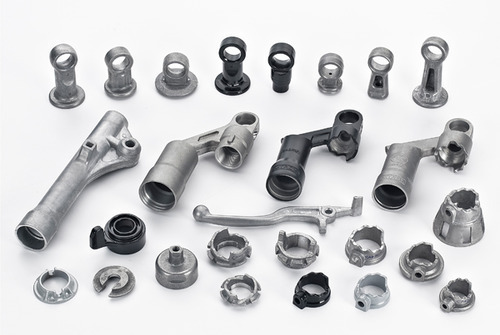Die casting is a popular term in the manufacturing world. But do you know what it is and its applications? It is used mainly for the fast production of large metal parts that need little machining after the process.
What is Die Casting?
This manufacturing process involves the pouring of molten metal into steel molds. In the die casting process, the metal is forced into the mold cavities at high pressure. These molds (sometimes called dies or tools) are made of steel and allow customization for each project. This customization allows each finished product to have greater repeatability and accuracy.
Most of the materials used in die casting are alloys form zinc, aluminum, and magnesium.
Advantages of Die Casting
Die casting has many benefits compared with other production processes. It presents a better option because of the big cost savings it can deliver. Aside from the price of its product, it also helps in reducing the overall production costs.
When a part undergoes die casting, it can be made with complex shapes including complex internal features and external threads that have minimal outline angles. Thus, it saves secondary actions on the product further reducing labor costs and assembly operations. Another benefit of die casting includes streamlined control of stocks and consistency of its component.
Other benefits of die casting include:
- Longer tool life due to the magnesium and zinc component
- Reduce material wastes
- Quicker turnaround times
- Minimal steps from raw material to completed parts
- Tighter tolerances
- Varying wall thickness to choose from

Customized aluminium die casting*
Types of Die Casting and Its Applications
The die casting process has many applications. It is part of the production process that has a high quantity of metal components. Some of the industries that use the die casting process are the power tools, auto, and aerospace.
There are two types of vacuum casting: cold-chamber and hot-chamber. And in these two types, here are its variations:
- Semi-solid die casting
- Squeeze die casting
- Vacuum die casting
- Low-pressure die casting
Hot Casting (Hot-Chamber Die Casting Process)
Hot casting or hot-chamber die casting is also called gooseneck casting. It is the most popular between the two main types. In this process, the chamber for the injection mechanism is wholly immersed in the liquefied metal bath.
With this direct immersion in the molten bath, it can lead to faster and more convenient mold inject. But it can also lead to greater susceptibility to corrosion agents. Thus, this process is also suitable for an application that uses metals that has low melting points and greater fluidity.
Cold-Chamber Die Casting Process
The cold-chamber die casting process has the same mechanism as the other type of die casting. The process is made with a focus on minimizing the corrosion of the machine rather than its production efficiency because the molten metal is automatically put into the injection system.
Cold-chamber die casting is applied to casting metal at high temperatures like aluminum and its alloys.
Conclusion
To select the die-casting method depends on the use and function of the final product. On top of that you should also consider the volume of the product. Using die-casting is very effective particularly if you need parts with accurate dimensions and in large quantities.
Reference
*Image from https://www.indiamart.com/
